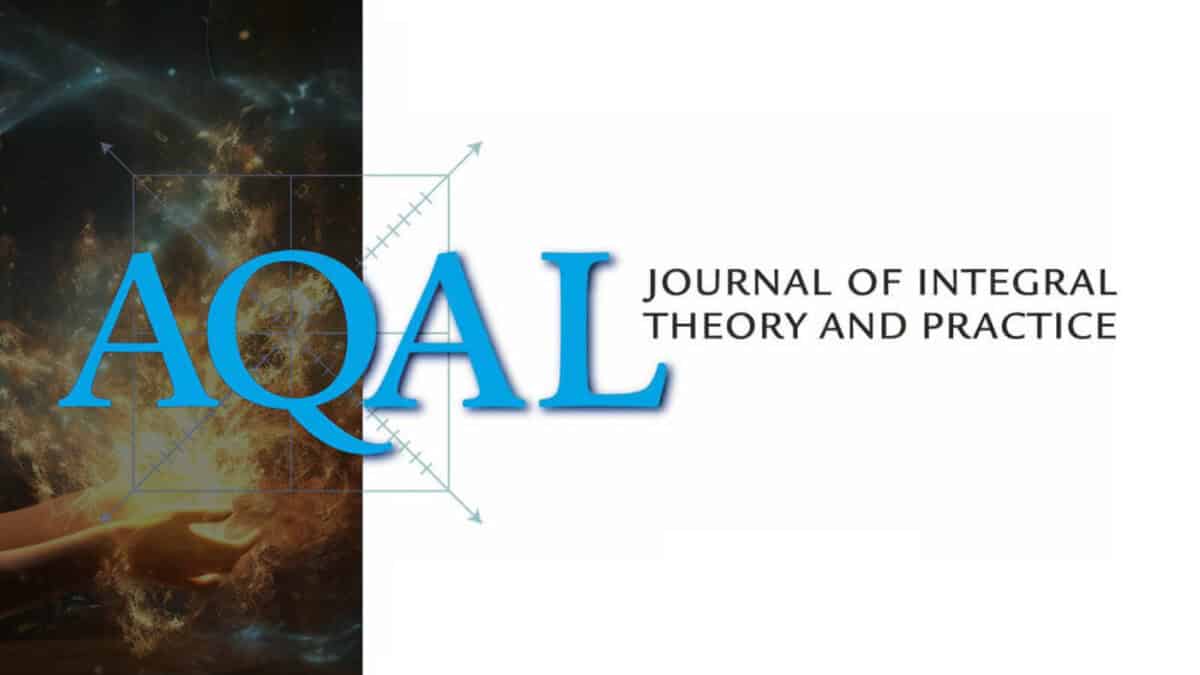This article explores the discipline of subtle energies by using the four quadrants of Integral Theory as a central framework. It offers a way to integrate the disparate views of subtle energies from the traditional descriptions of mystics, saints, yogis, and healers with the leading edge research in the life and health sciences in regards to the subtle energies within and around the living system. The article also examines the importance of shared understanding, good communication, as well as physical interactions of two or more individuals in regards to subtle energies. A new dialogue is offered that may bridge the gaps that exist in any discussion of subtle energies. A four-quadrant map is offered for practitioners, researchers, and individuals who have an interest in subtle energies so that the discipline itself can expand to include more perspectives.
Introduction
In the broadest definition, subtle energies are any of the energies associated with a sentient being that are subtler than gross physical energies. A narrower definition refers to “subtle” as a specific kind of energy between gross matter/energy and causal energy. For the purposes of this article, we will distinguish between four “bands” in this energetic spectrum. They are: energies correlated with physical phenomena, energies correlated with biological phenomena, energies correlated with mental phenomena, and energies correlated transmental phenomena (traditionally referred to as causal energy, which is both the highest energy and the ground of all energies).
These distinctions are important because subtle energies (broad definition) have been described for millennia as energies in and around the body, either in the form of auras, chakras, meridians, or vital force, to name a few. Also, modern science has been studying these energetic phenomena with growing interest as there is mounting scientific evidence that supports at least some aspects of traditional approaches to energy medicine, such as acupuncture, Reiki, and hands-on healing. In order to honor and embrace these diverse truth-claims, from the exterior observation of the scientist to the interior experience of the subtle energy practitioner, there ought to be an integral model of subtle energies.
Even today, when it is common knowledge that matter is made of energy (E=mc2), and medicine has become dependent on technological advances such as fMRI (reading the body’s magnetic nature), EEG (reading the brain’s electrical nature), and sonograms (high frequency sound waves bounced off tissue densities), subtle energies are rarely brought up as a topic of discourse. Yet more and more research reveals that the body is not only made up of energy, but gives off and is surrounded by subtle fields that interact in ways unexplained by current scientific theories. (Although many of the aforementioned examples in this paragraph cannot be referred to as “subtle” in the narrow sense of the term, since they are actually gross energies.)
The intent of this article is to begin a basic outline of an integral approach to subtle energies by using philosopher Ken Wilber’s Integral Theory. Integral Theory is comprised of five elements: quadrants, levels, lines, states, and types. As this is an introduction to the topic, I will focus mainly on quadrants, which represent four basic perspectives that can be taken on any event. In our context, the levels of energy can be described as gross, subtle, and causal, or as noted above, physical, biological, mental, and transmental. Traditionally, these levels of subtle energy have been referred to as etheric, astral, psychic, and causal. While the emphasis of the paper will be on the quadrants, it is important to understand that levels are the next logical step of complexity to be described. This approach will allow a comprehensive yet coherent discussion of subtle energies and will also create a foundation for future research and theory building. I will look at each quadrant in relation to subtle energies and show how this simple map clarifies the discipline of subtle energies into an easy-to-use model.
Become a member today to access this Journal article and support the global emergence of Integral consciousness
Membership benefits include:
Premium Content
Receive full access to weekly conversations hosted by leading thinkers

Journal Library
Receive full access to the growing Journal of Integral Theory & Practice library

Live Experiences
Stay connected by participating in Integral Life live events and discussions
Courses & Products
Get unlimited 20% discount off all products and courses from our friends and partners

Free Bonus Gifts
Download The Integral Vision eBook by Ken Wilber (worth $19 on Amazon) & The Ken Wilber Biography Series

Support of the movement
Support our mission of educating and spreading integral consciousness that is more critical than at any time in its history
About Simon Senzon
Dr. Simon Senzon is a chiropractor, philosopher, writer, artist, teacher, musician, father, and husband (to list a few of the many hats that he loves to wear). He lectures around the world on topics of wellness, philosophy, subtle energies, transformation, integral theory, and chiropractic. In the near future he will be offering online courses on several of these topics. Simon is in private practice with his wife, Susan, in Asheville, North Carolina.

